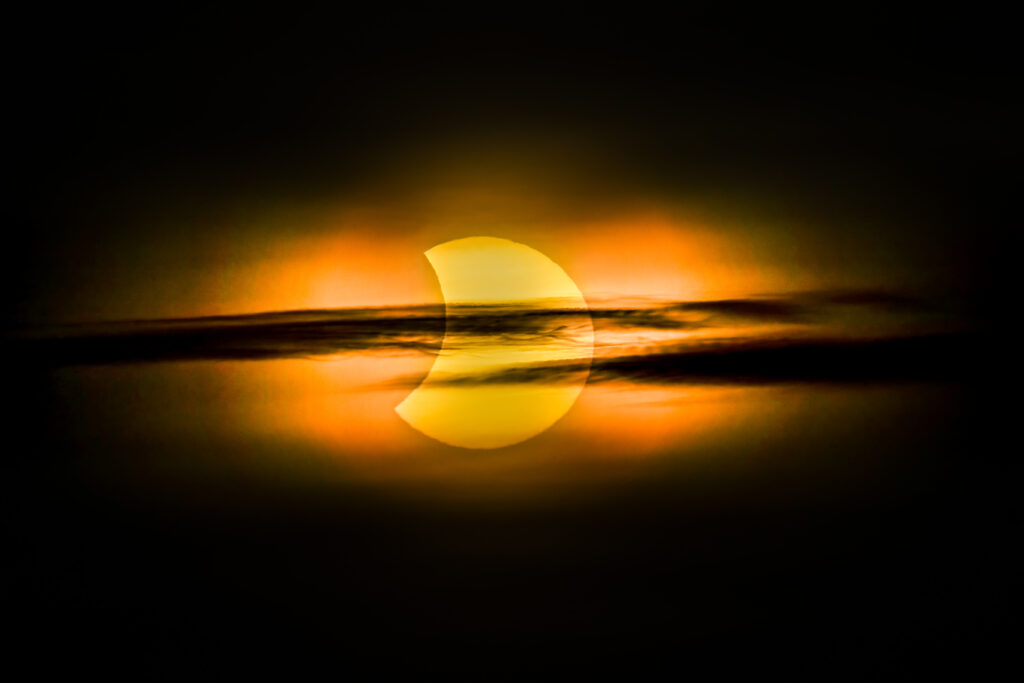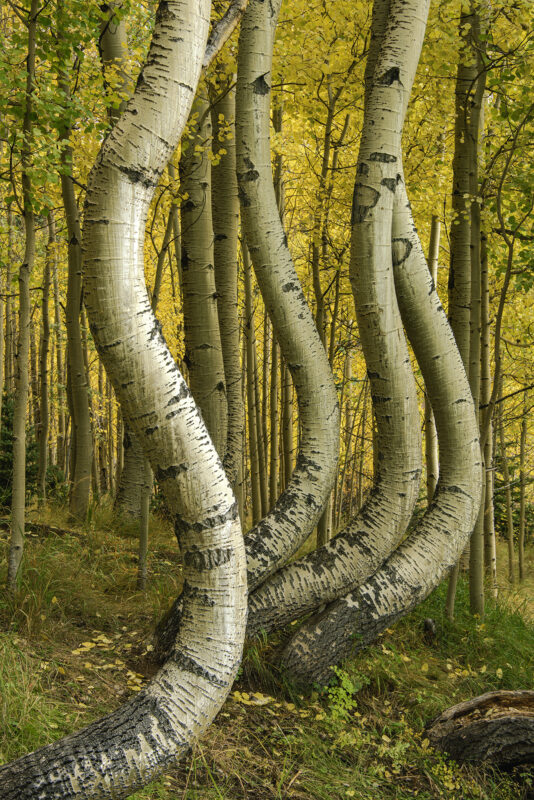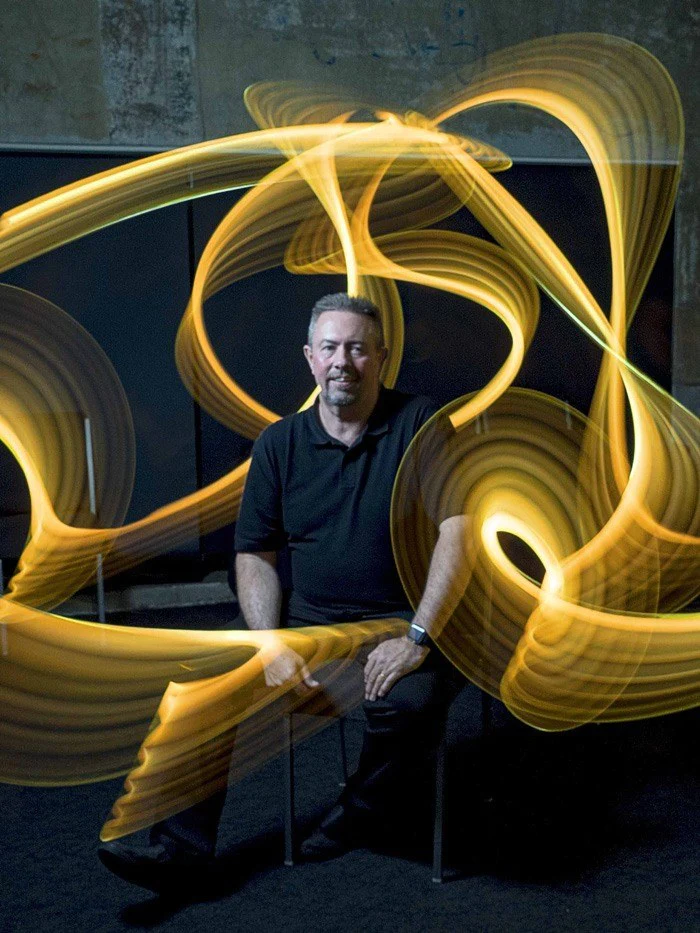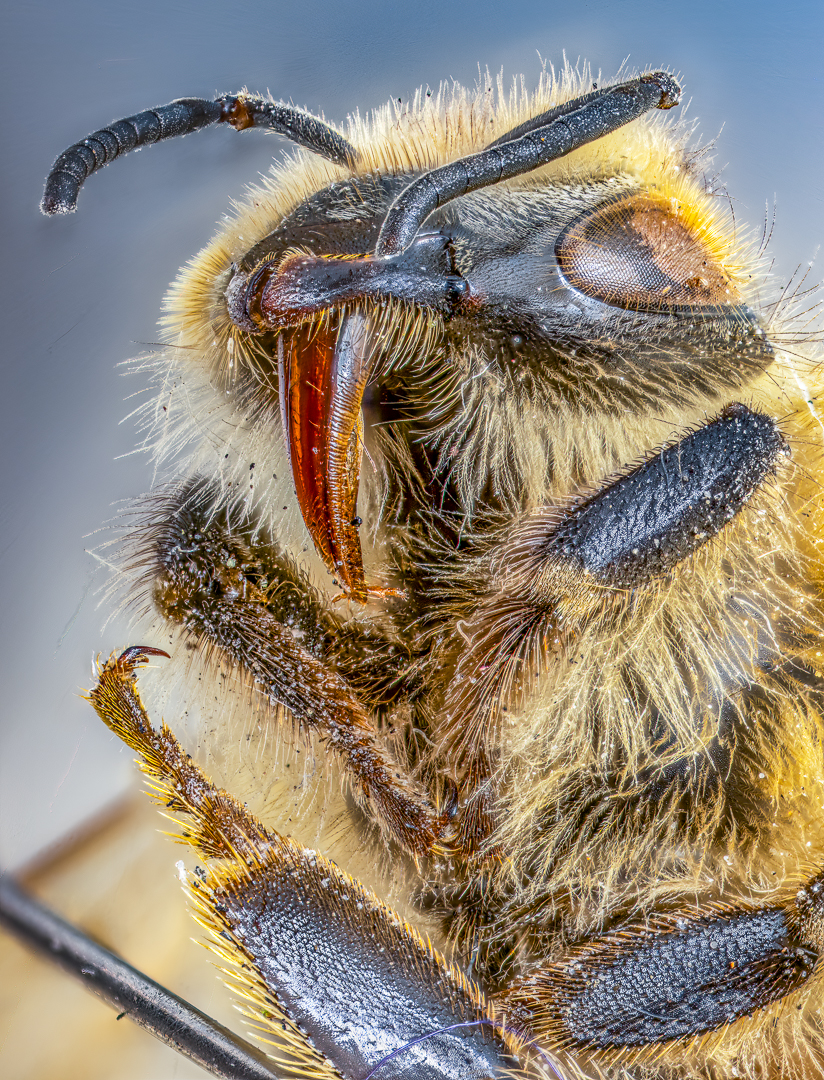To most who have heard of it, South Georgia is an isolated island in the deep South Atlantic, closer to Antarctica than anywhere else. For many, the first time they heard the name would be in 1982 as the starting point of the Falklands/Malvinas conflict, for others it may be the exploits of Ernest Shackleton, the legendary Antarctic explorer. In January 2009 I was privileged enough to spend a day in Grytviken, the main settlement of the island and found one of the most photogenic places I have ever come across.
Normally blasted by the roaring 40’s we were fortunate to arrive on a windless day of pure clear sunshine. After my initial exploration of the area, I decided to concentrate my first shots on the remains of the old whaling station, made famous as the launch pad for Shackleton’s ill fated Antarctic expedition. The rusting hulks of old whale oil tanks made for fantastic images both wide angle and for close ups. The contrast of the rusting man made structures against the spectacular mountain scenery was fantastic, and the low clear Antarctic light was making photograph a real pleasure.

Being aware of our short time in this place I moved onto the old Norwegian chapel. Flanked by a small mountain stream this small wooden structure seemed to fit it’s environment perfectly. As well as trying close ups of the details, I tried to pull back and show the chapel that environment.
A Pretty Norwegian Chapel provides a strange contrast.
With time moving on, I moved on to perhaps South Georgia’s main attraction, it’s wildlife. Grytviken is home to a virtual menagerie of wildlife and with no natural predators in the vicinity they are fearless of humans. In some places, you literally had to watch where you stepped in case you trod on a young fur seal or a molting king penguin. With just an 80-200mm it was possible to get up close and personal with the wildlife, without stressing them and without having to sit still for hours on end for them to “co-operate”. Much of the wildlife was just enjoying the sunshine, the young elephant seals, scratching their heads, seemingly perplexed at this invasion of humans, southern fur seals frolicked in the water whilst the king penguins looked on a the whole spectacle with righteous indignation.
Some of the Stunning Wildlife
Having spent about two hours with the wildlife, I wandered up to the achingly pretty Norwegian cemetery. As with most cemeteries’, this place of sadness was also a place to take wonderful images. I had come to see the grave of Shackleton who had died on the island in 1922 when preparing for another Antarctic expedition. His grave was unique in two ways, firstly it was the only stone headstone made from stone, the rest were simple white crossed, including that of Felix Aturso, one of the youngest victims of the 1982 conflict. The other unique aspect of Shackleton’s grave was it’s orientation. The bodies of the Norwegian whalers were buried in their traditional orientation of facing East. Shackleton’s faces south towards his beloved Antarctica. Using a wide angle I tried to show his grave in its pretty but bleak environment after which whilst contemplating his headstone, I realized we were there on the anniversary of his death. A poignant moment!
A Sad yet Poignant Place
So how do you get to this remote and beautiful place. Well the easiest way is on a cruise ship, a handful visit every summer. You will only spend a day there but its enough. You should also be aware that if the weather is bad, which it often is, you may not be able to get ashore.
In practical photographic terms, take a trio of lenses, a good wide angle, a standard and a moderate telephoto, this will allow you to capture both the wildlife and the landscape. Make sure your batteries are charged and if possible take spares; the temperature even in the summer can be chillingly cold and your battery life will be significantly reduced. Plenty of memory cards, there is so much to shot. My policy has always been to prefer a number of smaller cards than trust to one large card.
So if you are contemplating an adventure and want something very different and incredibly photogenic, have a look at South Georgia.
Jason Row is a British born travel photographer now living in Ukraine. You can follow him on Facebook or visit his site, The Odessa Files. He also maintains a blog chronicling his exploits as an Expat in the former Soviet Union




